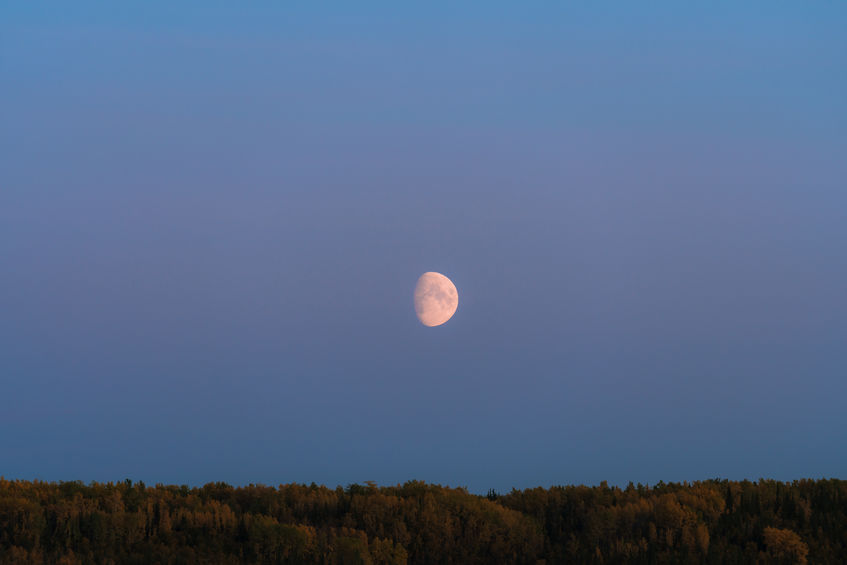Must Read Alaska predicts there will be more than a few moon watchers out tonight, and maybe even hikers camping on Flattop Mountain above Anchorage, cameras on their tripods as they tuck into their sleeping bags.
The only total lunar eclipse of the year will take place starting at about 1:45 am Wednesday, Alaska Time, with the total eclipse at around 3:11 am until 3:25 am in Anchorage.
Coinciding with a super moon, it will be low on the horizon, so for best viewing you’ll probably have to find a place with an unobstructed horizon, such as Point Woronzof, or parts of the Coastal Trail.
Juneauites may be able to see the so-called Super Flower Blood Moon if they head out to Eagle Beach for the night, but the spectacle will occur earlier than in Anchorage, due to Juneau’s more easterly longitude. Unfortunately for moon watchers in Juneau, clouds are moving into the area. You may have better luck in Haines.
Kenai residents may have a clear view of the eclipse from places like Kalifornsky Beach.
The moon will not be visible above the Arctic Circle and will be most visible in Alaska from Kodiak across the Aleutian chain.
According to NASA, the total eclipse phase will be visible in the western United States and Canada, all of Mexico, most of Central America and Ecuador, western Peru, and southern Chile and Argentina. The eclipse can be seen in its entirety in eastern Australia, New Zealand, and the Pacific Islands, including Hawaii and the Aleutian Islands, which are in their own time zone.
For Anchorage, the eclipse will occur during the end of what’s known as nautical twilight, and at the onset of civil twilight, so the sky will be lit already from the east when Earth’s moon will be located the opposite side of the sun.
This full moon will have the nearest approach to Earth of any of the full moons this year, making it appear to be the largest full moon of the year. It will also tend to appear red due to the sunlight filtering through the atmosphere, which is why it is sometimes known as a “blood moon.”
With clear skies in the forecast in Southcentral Alaska, the moon will appear 14 percent bigger, 30 percent brighter and happening when it may be dark enough to make it worth getting up for.
But if you don’t want to get up, you can view the event from your bed on a livestream at the timeanddate.com website.
Must Read Alaska moon watchers are welcome to send their photos to [email protected] for a collection that may be published here tomorrow.
